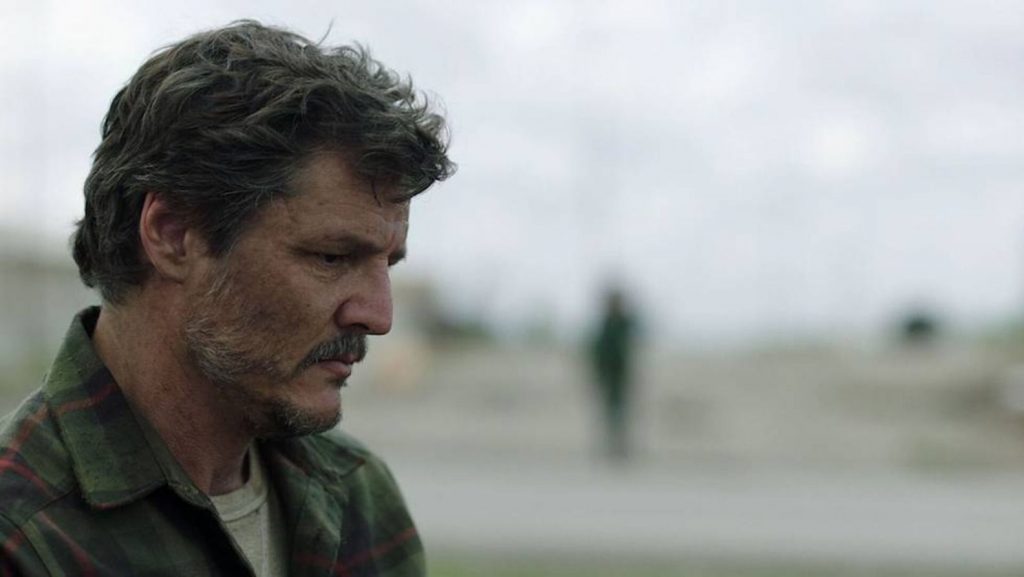Roll up your sleeves and look for bites America, because HBO has an undead hit infecting the nation — “The Last of Us.”
With a season finale viewership of 8.2 million, this 2023 fungal-zombie TV show has cemented itself as the first true success story of its kind. That is to say, “the video game adaptation.” Adapted from the 2013 video game masterpiece of the same name, “The Last of Us” has accomplished on film what “Tomb Raider,” “Assassin’s Creed” and Dwayne Johnson’s “Doom” could not — something at all. “The Last of Us” is not dead on arrival, financially or critically, and that should be considered a miracle in its own right. That being said, simply having a pulse does not make a great TV show. It may be good enough to play on the level of its TV contemporaries, but “The Last of Us” is a little more than exactly that. Good enough.
The plot of “The Last of Us” stays quite true to that of the game. The year is 2023, 20 years after the outbreak of the cordyceps virus, a mutated version of a real-world fungal infection. The virus spreads primarily through a bite, controlling the minds of its hosts. In other words, mushroom zombies. The United States has become a disparate collection of survivors, raiders and “QZ”s — blocked-off cities controlled by martial law.
This brings us to Joel, a Texas man who lost his teenage daughter in the chaos of 2003. He has little to live for — that is, until a certain character-developing teenage girl falls under his care. Ellie, a sharp-witted 14-year-old, needs to be transported across the country. The reason is gravely important, the money is good and Joel is the only man available for the job. He accepts, and conflict — of course — ensues.
Let’s start off with what the show does right. The visuals are passable-to-good, the sound design is expert and the music is as perfect as it was in the game. And let’s not forget to mention the many wonderful performances that side characters manage to bring to the table. But its setting, however, is truly something special. Set design goes a very long way in “The Last of Us,” successfully bringing the evocative world that co-writers and creators Neil Druckmann and Craig Mazin — of “Chernobyl” fame — penned to screen. Whatever actually happens in the show — ”good” TV or “bad” — it is securely surrounded by this hopelessly depressing and utterly lovely world.
But let’s talk more about Druckmann and Mazin’s writing. Without it, we couldn’t have our touching story of what is essentially a “father” and “daughter” finding love in a hopeless place — something which would make for a much longer Rihanna song, to be sure. Granted, theirs is a story that is really and truly moving, but there’s one major flaw here. To put it simply — all this writing of hopelessness just can’t help itself.
Exhibit A — flashback episodes. These flashbacks are given the artistic respect of being allowed to play out uninterrupted and in long form — a bold faith in writing one rarely sees on the screen these days — but a decision that considerably stutters the forward-moving narrative. Fifty minutes at a time for that matter. Other shows, although less “inspired” for doing so, maintain their pacing by simply intercutting their flashbacks into the main plot of an episode periodically. The writers of “The Last of Us” seem to be under the impression that their flashback episodes are impactful enough to exist independently — pacing be damned. And they’re wrong.
Not only do these episodes feel like a stoplight on a freeway, but they also take away time, precious time. Time that is desperately needed elsewhere. Where else, exactly? Well, in the most important part of the whole show — Joel and Ellie’s relationship.
For a show that is so willing to take its time, it rushes the most delicate part. In the video game iteration of “The Last of Us,” Joel and Ellie’s interpersonal character growth was a recipe for success. Here, however, it’s a recipe too hastily followed.
Perhaps it is the delivery of the lines, most of which are too obvious. That’s not to say Bella Ramsey is wholly to blame for Ellie’s overstated performance, however, the dialogue written for her is simply not meant for 14-year-old girls. Apocalypse or not, high school freshmen do not sound like that — seriously, why do film and TV demand that every teenager sound wise? But these lines, like everything else in the Joel-Ellie relationship, are the symptoms of a time crunch. The pacing is once again to blame.
Episodes four to six and eight to nine, as a result of extended flashbacks, play a major game of catch-up in developing Joel and Ellie’s relationship. Touching moments, once hours apart in the video game, happen too frequently and decisively. The viewer is not stupid — they know that this love is inevitable. But it must still develop organically — the writers must never be noticed, and “The Last of Us” sees several moments in each episode where character development is visibly planted.
There are still incredibly poignant moments to be appreciated. Infected new friends and surprise cannibals are liable to twist your guts in the best way possible. “The Last of Us” is not a bad show, but it’s not great, either. Interesting asides and cool details, as many as there are, cannot cure what are at the end of the day overconfident and unrestrained writing decisions.
Rating: 3 out of 5 stars



